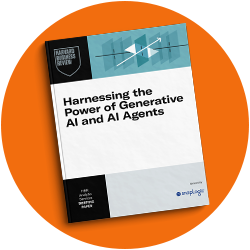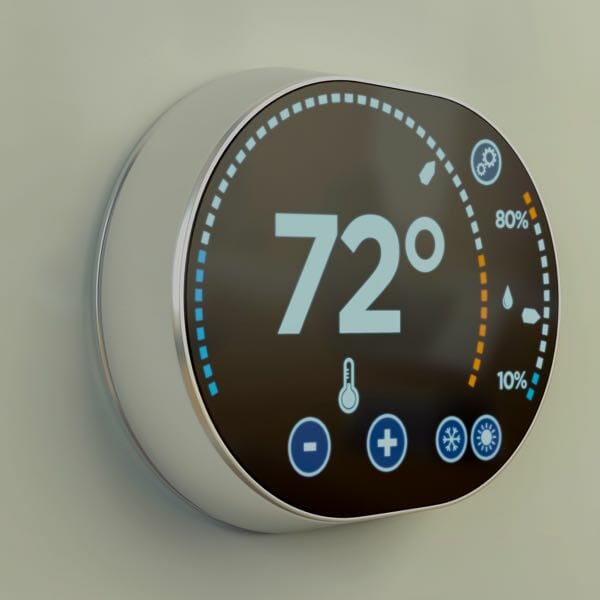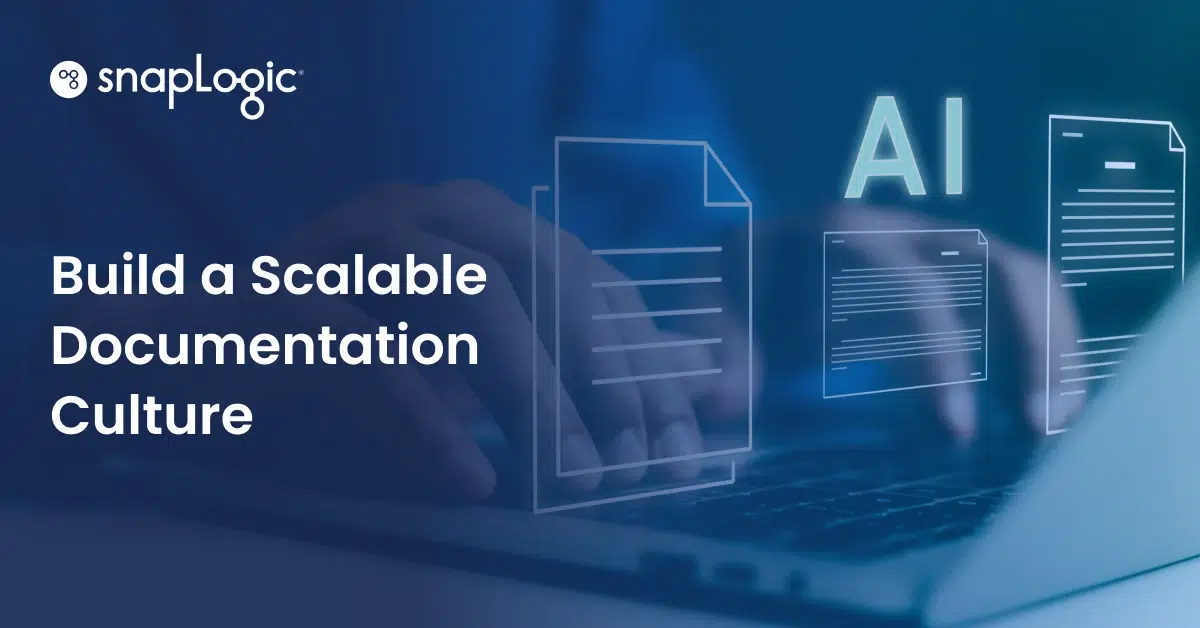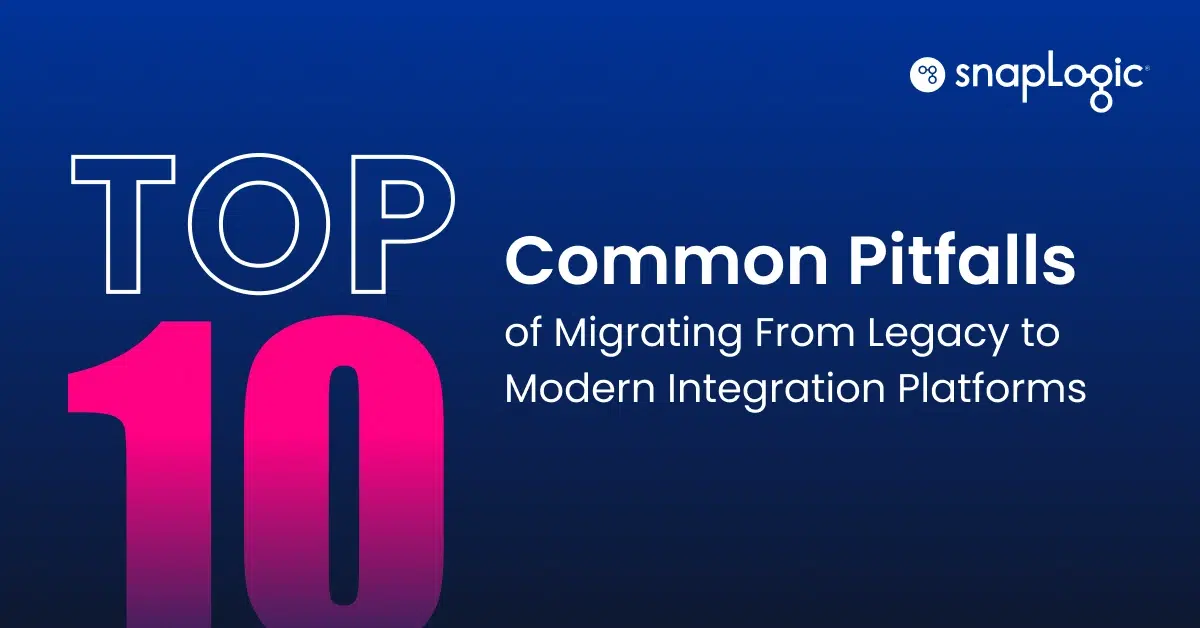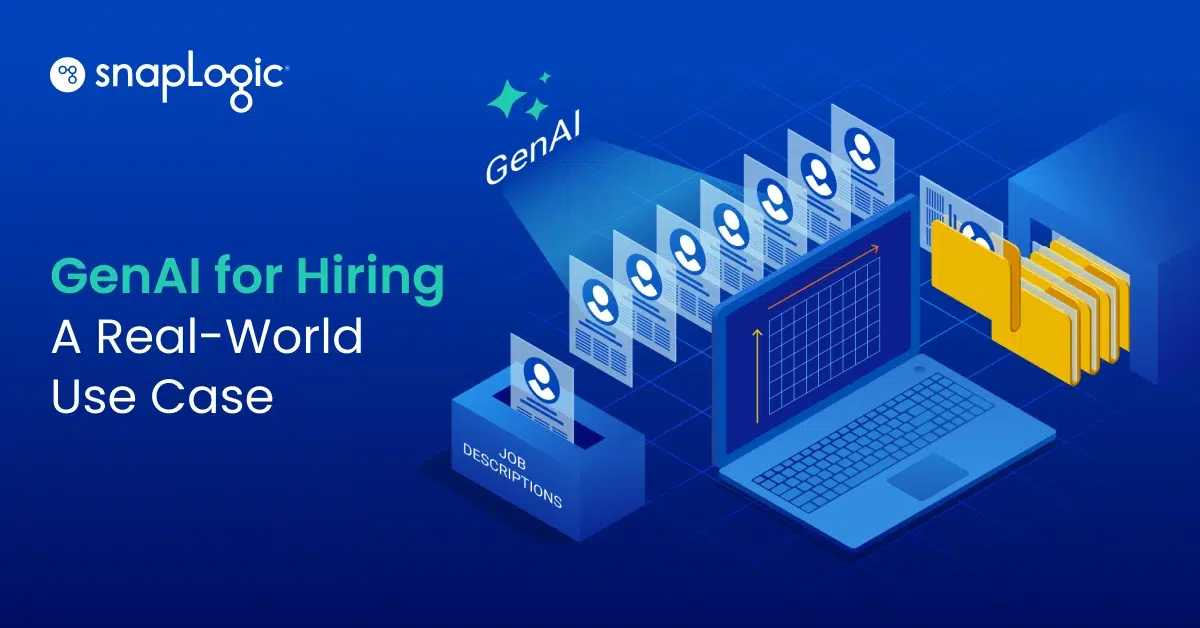“The flow of data within the business will continue to grow, and SnapLogic can perform and match the information where it needs to be.” Paul Scarborough, Head of Marketing at Inenco
The energy industry is an example of an industry that has wholeheartedly embraced the use of the Internet of Things (IoT) to not only improve its internal operations, deliver benefits to its customers that weren’t possible before, but, in Inenco’s case, also reduce greenhouse gases to improve the climate at the same time. The Climate Change Act of 2008 set an ambitious commitment to reduce greenhouse gas emissions in the UK by at least 80 percent of 1990 levels by 2050. Furthermore, Britain’s energy trade association, Energy UK, recently released the report “Pathways to a Low Carbon Future,” which outlined how the energy industry can aid in the transition to a low carbon economy – something Inenco unequivocally supports through its innovative offering.
Inenco, a UK-based energy company founded in 1968, offers utility management strategy and solutions to organizations seeking to optimize their energy and utility cost and consumption. The energy company collects large volumes of data from disparate sources leveraging IoT, including data from customers, generators, the field, and in-house systems to the tune of 3.8 million data points per day.
Hence, it was near impossible for its business users across the organization to have a consolidated view of the information needed to effectively manage day-to-day internal operations or develop energy strategies and recommendations. It was also difficult to provide its customers with real-time energy data via the client portal because “although the myriad of systems kept the organization running the ‘business as usual,’ the backend office inherited an increasing technical debt,” said Paul Scarborough.
The inability to provide real-time rich data to fuel the organization and improve its customer experience prompted Inenco to search for an integration platform-as-a-service (iPaaS). The IT team looked for an iPaaS that would alleviate the technical debt they had inherited over the years and standardize data retrieved from multiple energy and utility sites. And most important, they needed a solution that helped optimize the company’s client portal experience.
SnapLogic’s modern architecture allowed the IT team to easily map out customer data between on-premises and cloud systems and feed relevant data into the client portal. By using pre-built connectors, called Snaps for Microsoft Dynamics CRM, SQL Server, JDBC, and SOAP/REST, Inenco dramatically reduced the time and effort spent on integration projects. Today, with rich data delivered graphically via the client portal, customers gain the right insights on how to adjust their energy usage so they can realize the full potential of improving their utility consumption.
Now, Inenco can migrate, manage, and obtain insights from the 3.8 million data points collected daily into a central data warehouse with help from the SnapLogic Enterprise Integration Cloud. Its teams are empowered to make data-driven energy recommendations and strategies to their customers on how they can help reduce their carbon footprint while smartly managing their business.
Read the Inenco case study to learn more.
